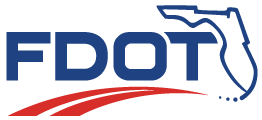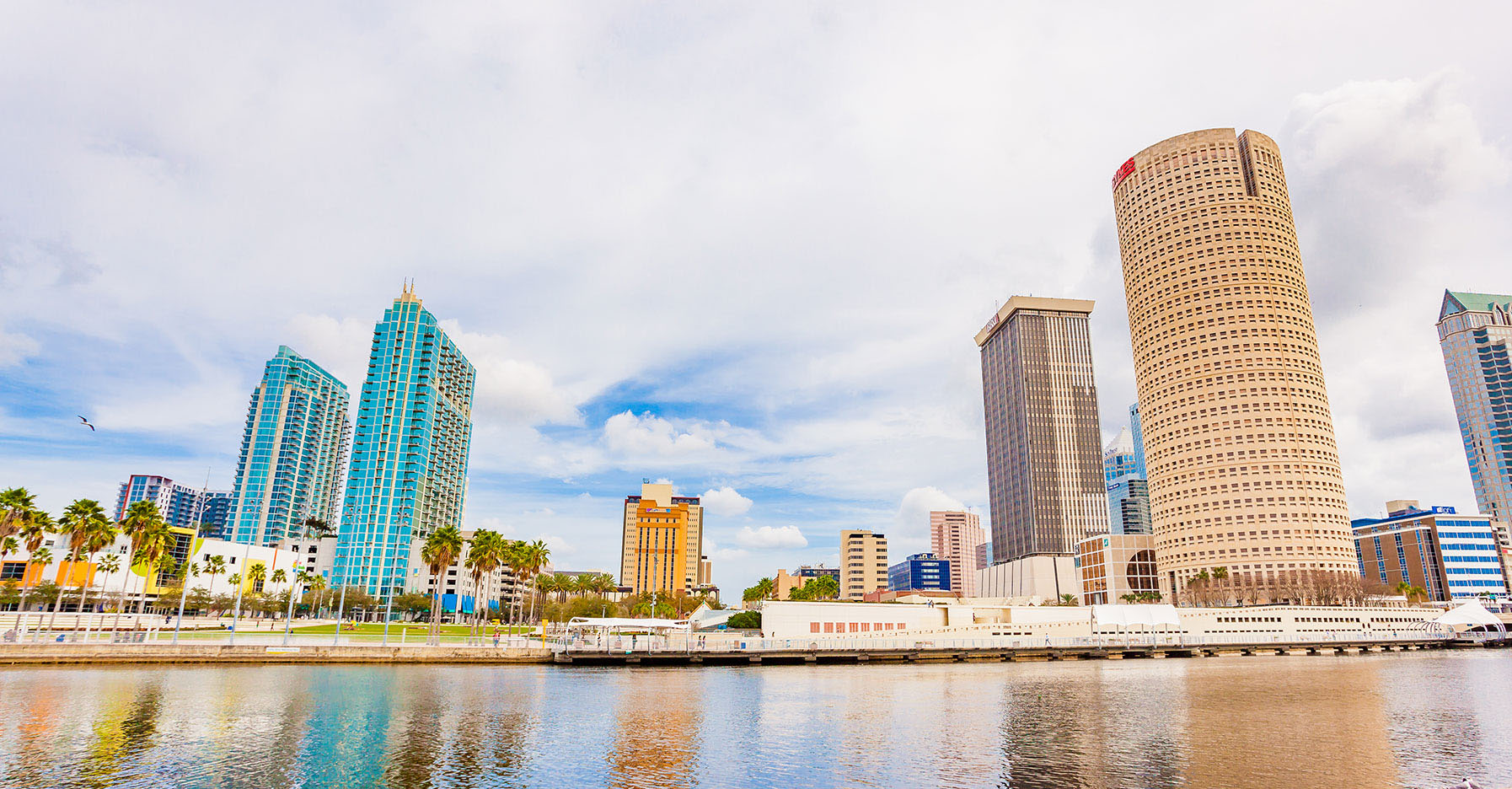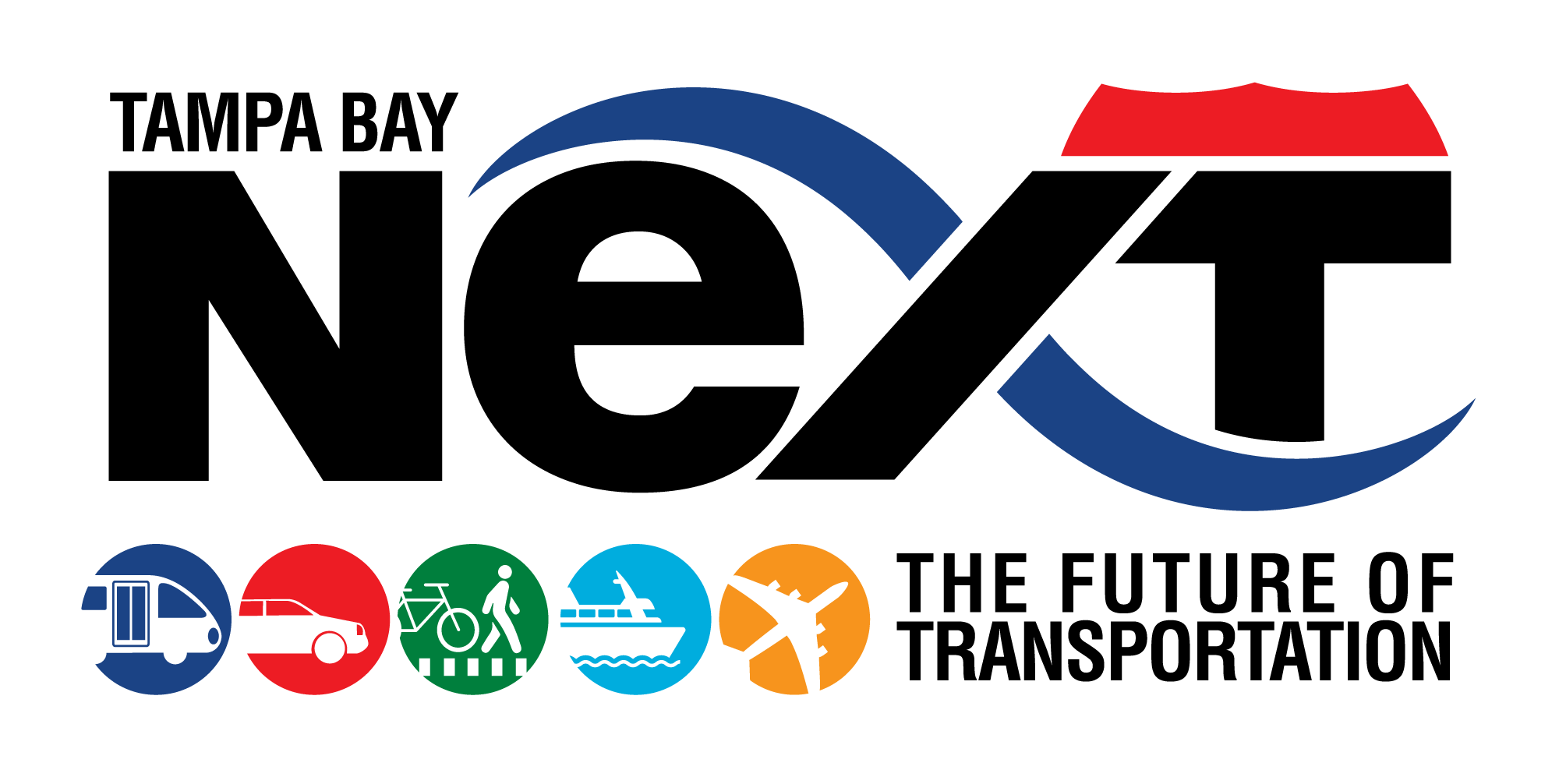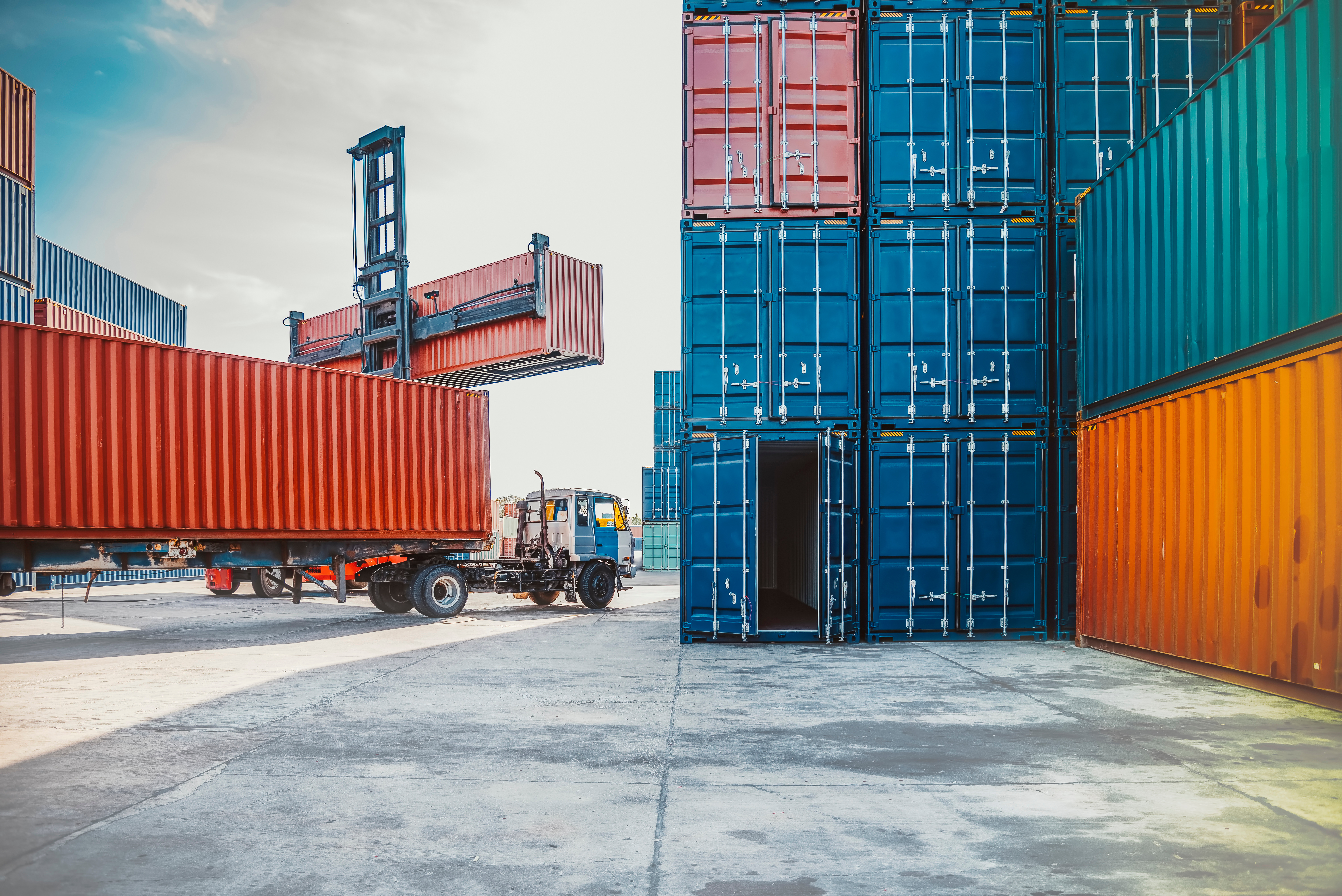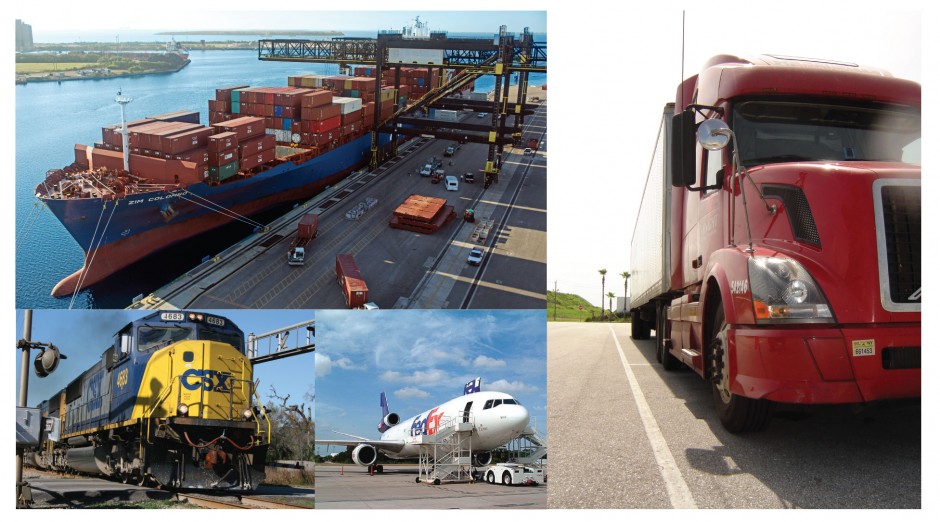What is freight mobility? It’s how goods and products get to the store. It’s how the things you buy online make it to your house. It’s how imports and exports move in and out of the region. An accessible freight network promotes economic vitality by reducing transportation costs. Nationally, the average cost per hour of delay is $88 for trucks and $250 for large semi-trucks. In the Tampa Bay area, truck congestion costs total $210 million annually. The ability to move goods and improve access to new markets is crucial to business retention and the economic competitiveness for the Tampa Bay region.
Freight is not only moved by trucks, but also planes, trains, ships, and pipelines. All of these transportation modes and facilities need to work together and connect with one another to form a freight system that delivers goods wherever they need to go while not overly interfering with other users of the transportation system. The Tampa Bay Regional Goods Movement Study is an ongoing process to continually evaluate the freight network in light of changing conditions and address capacity, operational, maintenance, and safety needs.
Port Tampa Bay is Florida’s largest and most cargo-diverse seaport and has an enormous economic impact on the region’s economy. Freight related activities at the Port account for over 192,000 jobs, including direct, indirect, induced, and related users. These freight related jobs were reported to generate $34 billion in economic value, $10.2 billion in wages and salaries, and $1.2 billion in annual local and state tax revenue.
